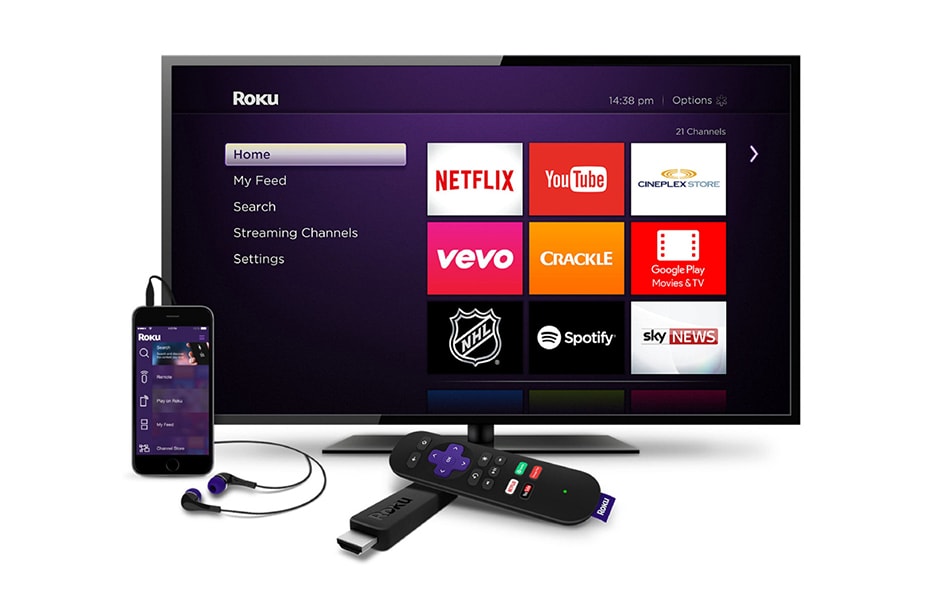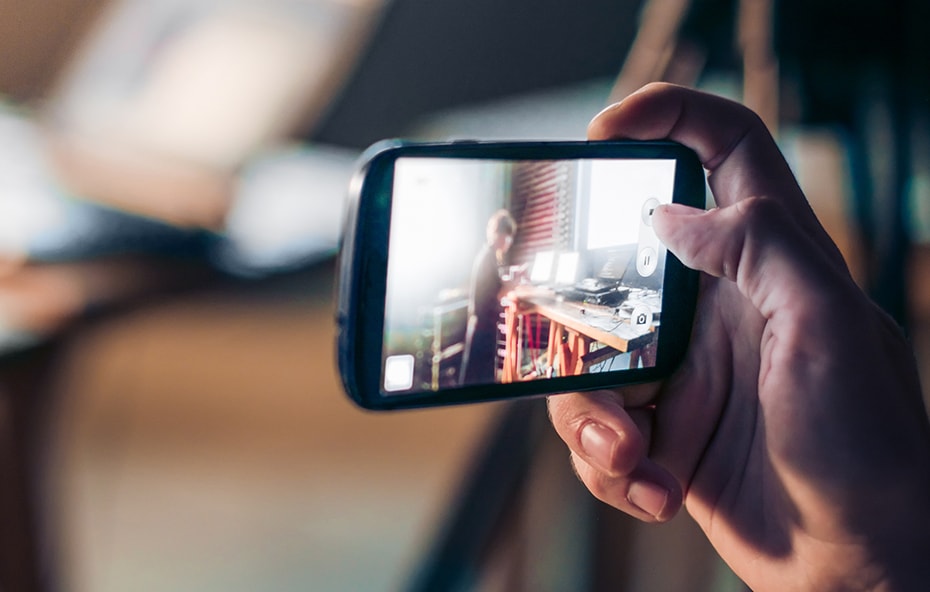Advancements in media are consistently followed quickly by innovation in advertising. These new arenas for news, entertainment, music and video have been popping up even more rapidly recently. Traditional platforms like radio, newspapers and cable have evolved into online counterparts, and the new is becoming the old in a shorter period than ever before. Reaching customers in such a fluid world can be a frustrating process. To help simplify it, here is an overview of three current platforms to check out in your firm’s quest for innovation in advertising.
Spotify

Spotify is an online music, podcast and video streaming service, with almost 100 million active users. Their media library has millions of albums and songs from the world’s biggest artists, including legends from the past and hot upcoming acts. It utilizes a “freemium” business model, offering both free and subscription versions of the service. Paying for the premium subscription offers the benefits of:
- Ad-free listening and viewing
- Improved sound quality
- The ability to download tracks for offline consumption
While the platform can be accessed on any device with Internet access, mobile device use has become the popular choice for most users. Spotify also has a highly active user base. The average user engagement per day is 148 minutes, and listeners share music and playlists with others on Spotify, as well as cross-platform through Facebook and Twitter.
Free users constitute about 70% of the Spotify user base, or 70 million individuals. That’s a big pool to draw from, but luckily Spotify has advanced targeting tools to help focus your ads on a specific target market. Beyond typical characteristics like age, gender and geography, it is also possible to target based on the genre or playlist being listened to. Reaching someone listening to a workout mix with a running shoe sale, or someone listening to a dinner party compilation with vodka cocktail ideas helps to ensure that your target is in the right mindset for absorbing your brand message.
Roku

As more and more people forgo their cable TV for services like Netflix and Hulu, Roku has emerged as a compromise between the past and the future. It consists of a portable set-top box, connected to the Internet, through which video can be streamed on your TV, from their wide selection of sources, including Netflix, Hulu, Google Play, YouTube and the Cineplex Store. Users can also add individual channels, both paid and free, which allows for especially specific innovation in advertising.
Ads can be shown both between content and while browsing, and the massive selection of content means that your advertising can align exactly with the type of TV show, movie, sporting event or concert that you want it to. Roku is also involved in a strategic partnership with Nielsen, the organization that measures audience size and demographic. This arrangement has allowed for the integration of content and advertising audience measurement into the Roku Operating System, which allows publishers and advertisers to track campaign success directly, based on leading industry metrics.
User-Created Mobile Video

Perhaps the biggest innovation in advertising currently taking place is the incredible increase in the amount of user-created video being created and consumed. Almost everyone has instant access to a video camera, and social media allows for the cheap and easy dissemination of video, directly to potential consumers. However, the fact that anyone can advertise does not make them an advertiser, so a well-crafted digital strategy becomes especially important.
Whether through Facebook, YouTube, Snapchat or Instagram, the production of branding content has become easier, but the newness of these platforms means that the standards for what is effective, or what even constitutes advertising, are still fairly unknown. People tend to view this type of video more passively than traditional video sources, and they are also more conscious and distrustful of ads. This forces advertisers to think on a more personal level with their target audience, and social media allows an ad campaign to become a conversation, rather than a sermon. Branding professionals are aware of this shift in viewing habits and attitudes, and will accommodate your brand’s message in the pursuit of innovation in advertising.


